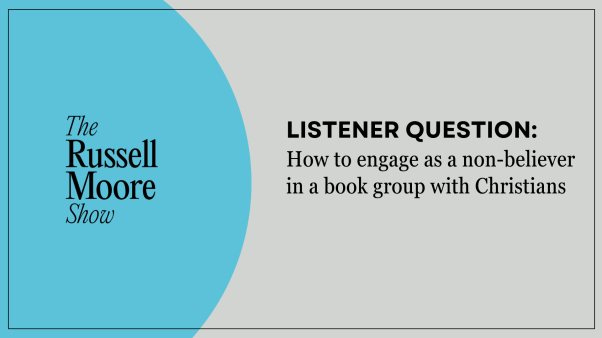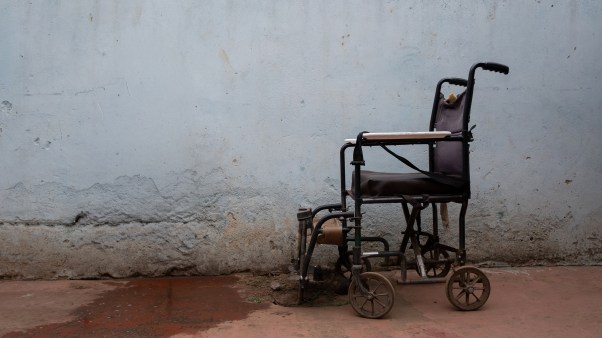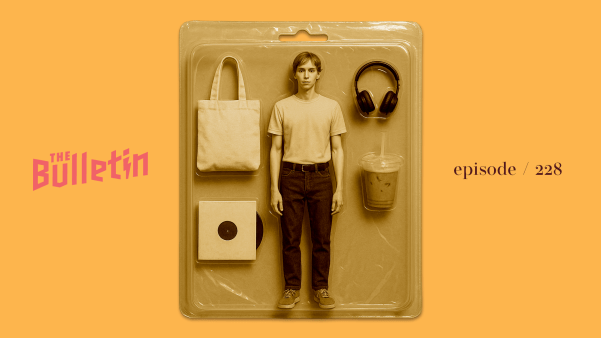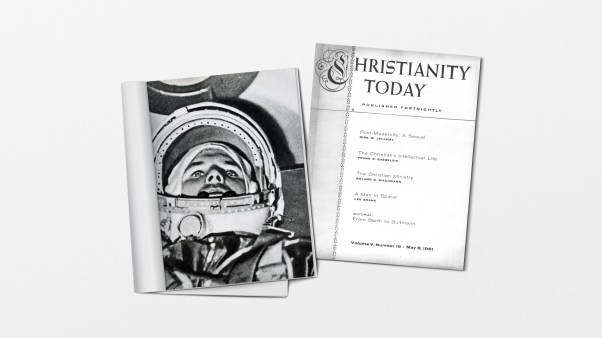In “Revelations in the Key of K,” poet Mary Karr is in the midst of recalling a childhood experience when, she says, “the instant went, the month, and every season / smeared, till with a wrenching arm tug / I was here, grown.” That “wrenching arm tug” that makes us come awake is what we experience over and over in Teju Cole’s stunning debut novel, Open City. First we’re dropped into the middle of everything, jolted awake in the middle of a sentence: “And so,” the narrator begins, “when I began to go on evening walks last fall, I found Morningside Heights an easy place from which to set into the city.” He then sets into the city—New York City—and we follow at his heels, dodging traffic and dogs and tourists as we try to keep up.
Then the arm tugs, again and again, as Julius’ story unspools as a sequence of scenes and memories, Proustian in its propensity for letting small occurrences spark stories and stories-within-stories that layer into a whole man. And yet there are holes in that whole—bits Julius may be forgetting or suppressing, but that rise up and startle us, and Julius too.
Unlike his narrator, whose year of wandering coincides with the final year of a fellowship, Cole is not a psychiatrist (he’s a historian of Flemish art). But, like Julius, he was raised in Nigeria and lives in New York City. Off and on, he has posted Twitter updates (based on the French genre of faits divers) that compress an entire story of death or corruption, absurdity or surreal tragedy, into 140 characters. (Example: “There’s no arguing about taste. But the Supreme Court still wants to know why Edet Mbang enjoys pepper soup with human flesh.”) After reading these “small fates,” it’s not surprising to learn that Cole has also worked as a street photographer. Open City feels a bit like overlapping snapshots of the personalities and places—and thoughts and emotions—that make up the fabric of the city. To be a street photographer, one must wander the streets, which makes us wonder if Cole has followed Julius’ path himself: from that beginning in Morningside Heights (the neighborhood that surrounds Columbia University), through most of Manhattan, out to Queens, and then, without warning, to Belgium for a bit before returning to nail it all down.
Open City also has a bit of Cormac McCarthy’s Border Trilogy in it, in which stories—like lives—are not exactly directed at an obvious point. They don’t so much “add up” as they accumulate scenes and encounters and realizations along the way. Julius is Baudelaire’s flaneur, who “walks the city in order to experience it,” intensely observant and yet detached. This stance comes naturally to him; he is self-consciously the Other, almost to the point of self-parody. He was an outsider in his home country, since his mother is German; in the United States, he is an outsider, not African American but simply African, and he seems to feel like he’s always on the perimeter, looking in.
But it’s not clear he wants in. In one early, important passage, Julius hails a cab outside the American Folk Art Museum after a long afternoon spent contemplating art—when he leaves the museum for the rainy sidewalk, it is with the “feeling of someone who had returned to the earth from a great distance”—and gets in without greeting the cabbie, who, as it turns out, is African and takes offense at his manner of entering. Julius is not impressed: “I was in no mood for people who tried to lay claims on me.”
But in truth, he doesn’t like anyone to have claims on him, which would destroy his outsider status. His girlfriend has recently moved away, and their relationship is fizzling from the distance. He meets prisoners and store owners and fellow airline travelers and shares a conversation, a story, a history, even once a sexual encounter, but then he moves on. Only a few characters recur: the fading girlfriend; a former professor who acts as a sort of solid foundation, only to fade as well; and a sudden intruder, the younger sister of a friend he once knew, who connects him against his will to his past.
All of this may suggest a terribly narcissistic narrative, a ramble through Julius’ (or maybe Cole’s) psyche, and a pretty dull one at that. On the contrary: Open City is exceptionally compelling, a tribute to the freshness of Cole’s vision. His descriptions of the cityscape are perfect enough to jolt the arm of both visitor and native, who come awake in the shock of recognition: “The big buildings of the trading district were lined up on an invisible perimeter like animals jostling for space on the edge of a lake, taking care not to pitch forward.” All of his historical digressions on artists and thinkers and countries and ideas would be tedious if they weren’t so personal to Julius’ experience. We all have our own versions of these things.
Oddly, though we’re in his head, Julius himself remains a mystery, one that is only slowly revealed as he interacts with his fellow wanderers and those more solidly rooted. Despite being a psychiatrist (or, perhaps, because of it), Julius’ grip on his own decision-making process and his past is still full of gaps in both judgment and memory. When we reach the only sudden revelation of the novel, it’s almost painfully shocking. Cole’s narrator spends most of the book noticing everything about everything, thoughtfully examining every inch of his being in solitude, but he’s missed the giant hulking tree for all the leaves and branches.
This is what takes Open City from simply beautiful to haunting, even indelible: if such a narrator has (perhaps conveniently) lost this part of his memory, giving us a self who is only half truthful, how much more might we do the same? Julius’ story is entirely different from and yet entirely the same as ours. Cole shows us the insides of our own heads, and warns us of the danger of paying the sort of attention to humanity that lets us forget to love particular humans.
Alissa Wilkinson edits Comment and teaches English and humanities at The King’s College in New York City. Her articles and criticism appear in Christianity Today and other publications.
Copyright © 2012 by the author or Christianity Today/Books & Culture magazine.Click here for reprint information on Books & Culture.










